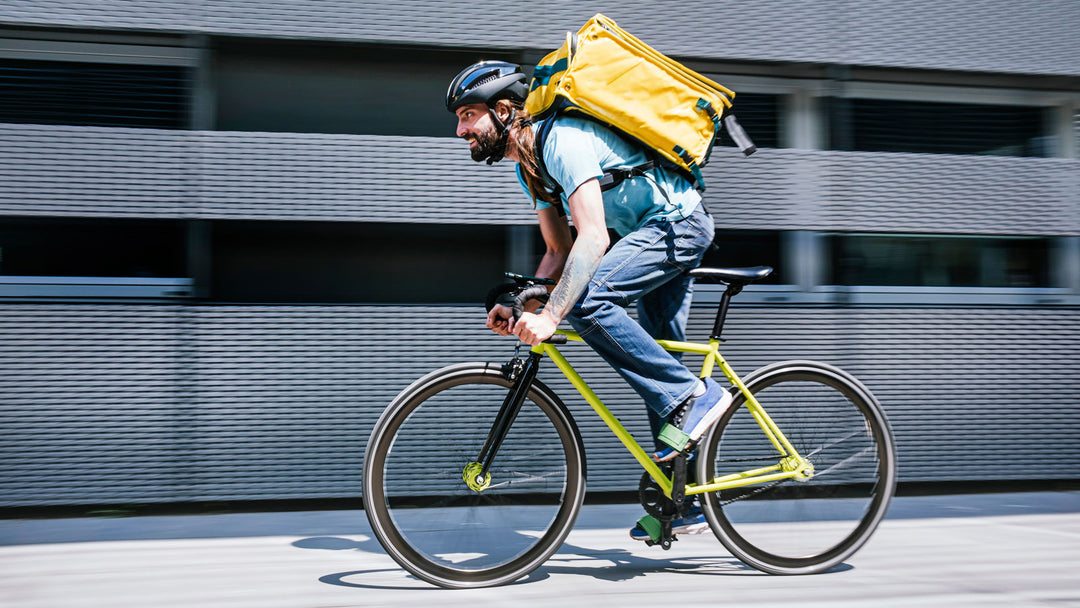Desert Cycling Adventures: Challenges and Tips for Riding in Extreme Heat
Desert Cycling Adventures: Challenges and Tips for Riding in Extreme Heat
Introduction
Desert cycling offers a unique and thrilling experience, characterized by vast landscapes and challenging conditions. However, riding in extreme heat brings a set of challenges that require preparation and awareness. This post explores the difficulties cyclists face in desert environments and provides practical tips to ensure a safe and enjoyable journey.
Challenges of Desert Cycling
Extreme Temperatures
Deserts can reach scorching temperatures, especially during midday. Cyclists may face dehydration, heatstroke, and severe sunburn if not properly prepared.
Terrain and Visibility
The desert terrain is often unpredictable, with sandy patches that can reduce traction and visibility. Sudden sandstorms can also decrease visibility drastically, making navigation difficult.
Wildlife and Isolation
Deserts are home to a variety of wildlife that can be dangerous, and the isolation of such areas means help is often far away. It's crucial to know what creatures you might encounter and how to react.
Tips for Desert Cycling
Stay Hydrated
Hydration is paramount. Carry ample water—more than you think you'll need—and consider using electrolyte supplements to replace salts lost through sweat.
Plan Your Timing
Avoid cycling during the peak heat hours, typically between 10 AM and 4 PM. Early mornings or late afternoons are ideal for lower temperatures and softer light.
Dress Appropriately
Wear light-colored, breathable clothing and a wide-brimmed hat to protect against the sun. Sunglasses and a high-SPF sunscreen are also essential.
Prepare Your Bike
Use tires suitable for sandy terrain to improve traction. Regular maintenance checks are crucial to ensure your bike is desert-ready.
Navigate Wisely
Use GPS devices and always have a physical map as a backup. Be aware of your route and familiarize yourself with major landmarks.
Wildlife Precautions
Research the types of wildlife you might encounter and carry necessary safety gear, such as snake bite kits or repellents.
Emergency Preparedness
Carry a first-aid kit, a whistle, and a mirror for signaling. Inform someone of your route and expected return time.
Conclusion
Desert cycling can be immensely rewarding, offering stunning landscapes and a sense of adventure. However, the extreme conditions require thorough preparation and respect for the environment. By following these tips, cyclists can overcome the challenges and enjoy a safe, exhilarating experience in the desert.
> "Desert cycling tests your limits and teaches you about survival, resilience, and the beauty of stark landscapes."
Call-to-Action
Ready to take on the desert? Prepare thoroughly, respect the environment, and embark on your desert cycling adventure. For more tips and guides on adventure cycling, read more here.






